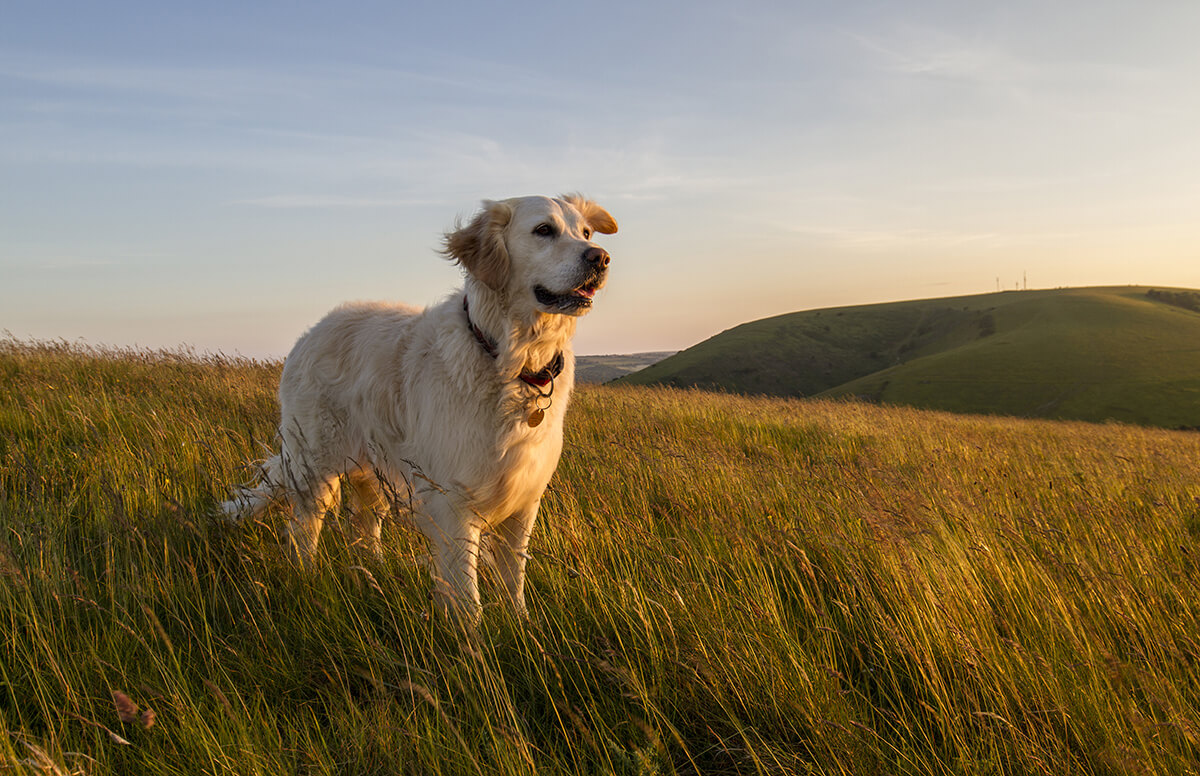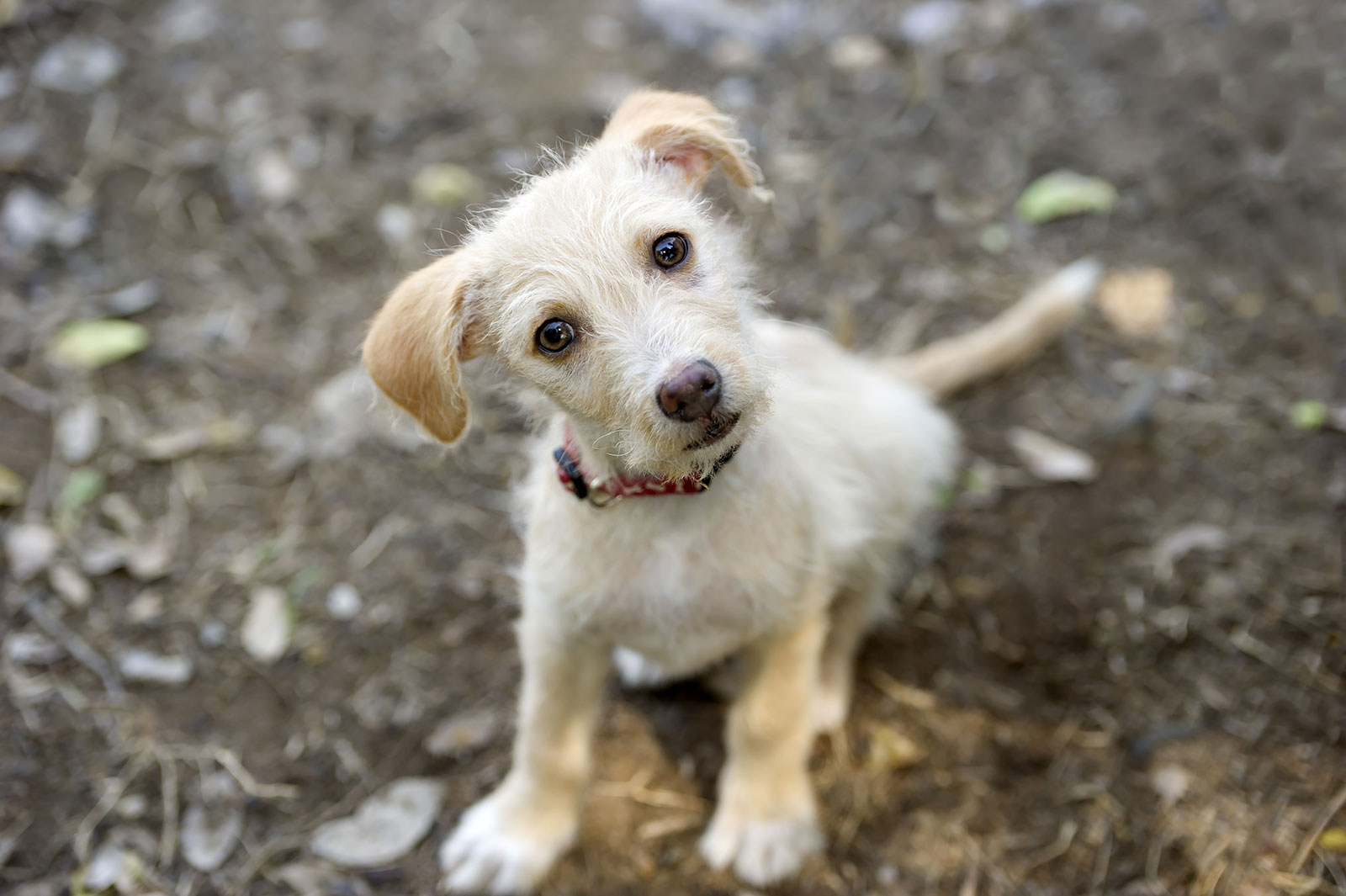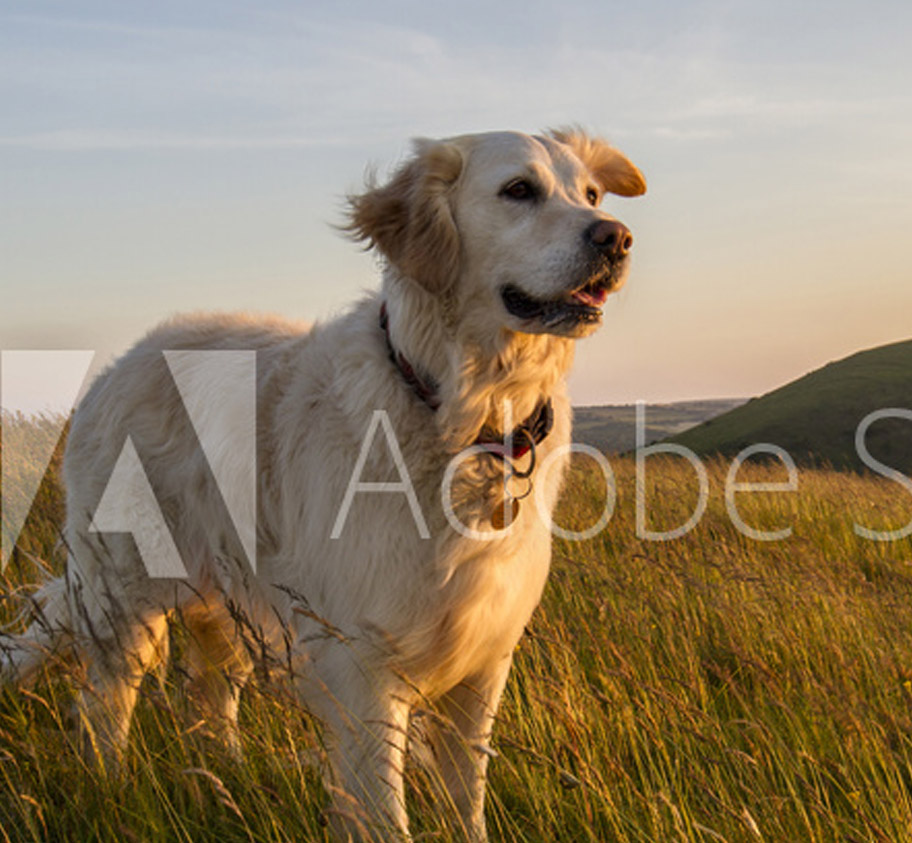
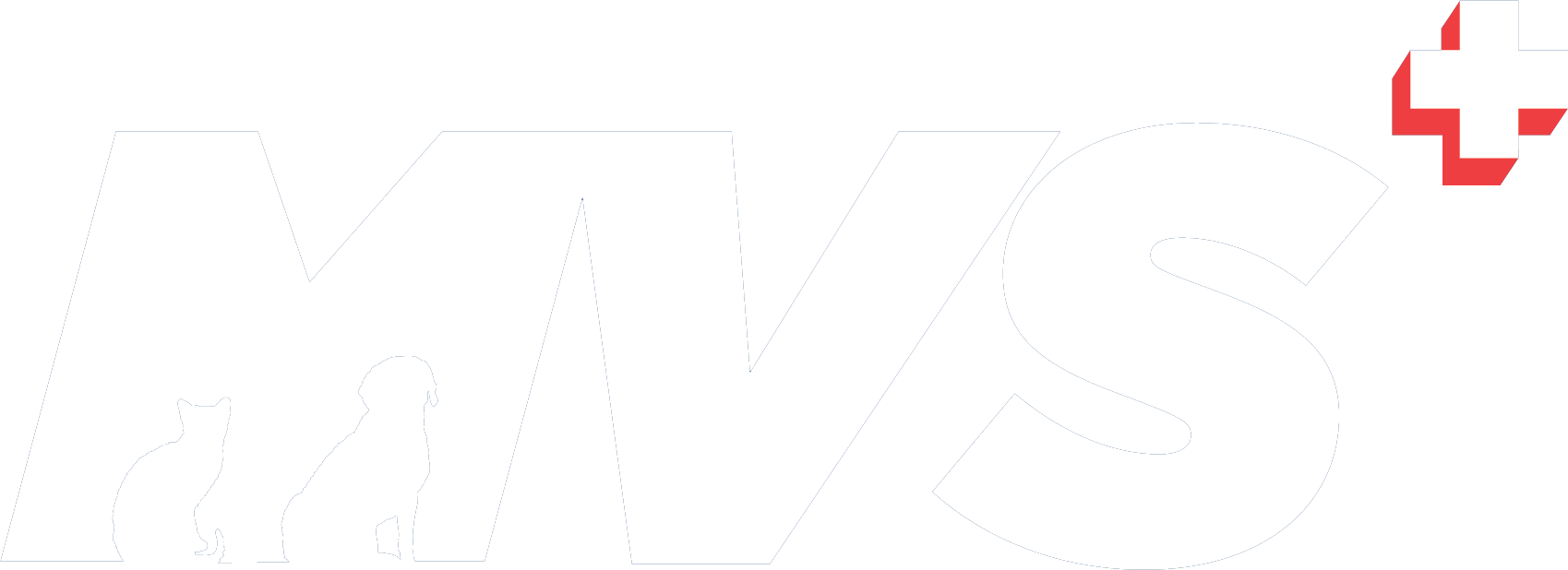 Menu
Menu
Osteochondritis dissecans (OCD) of the medial part of the humeral condyle
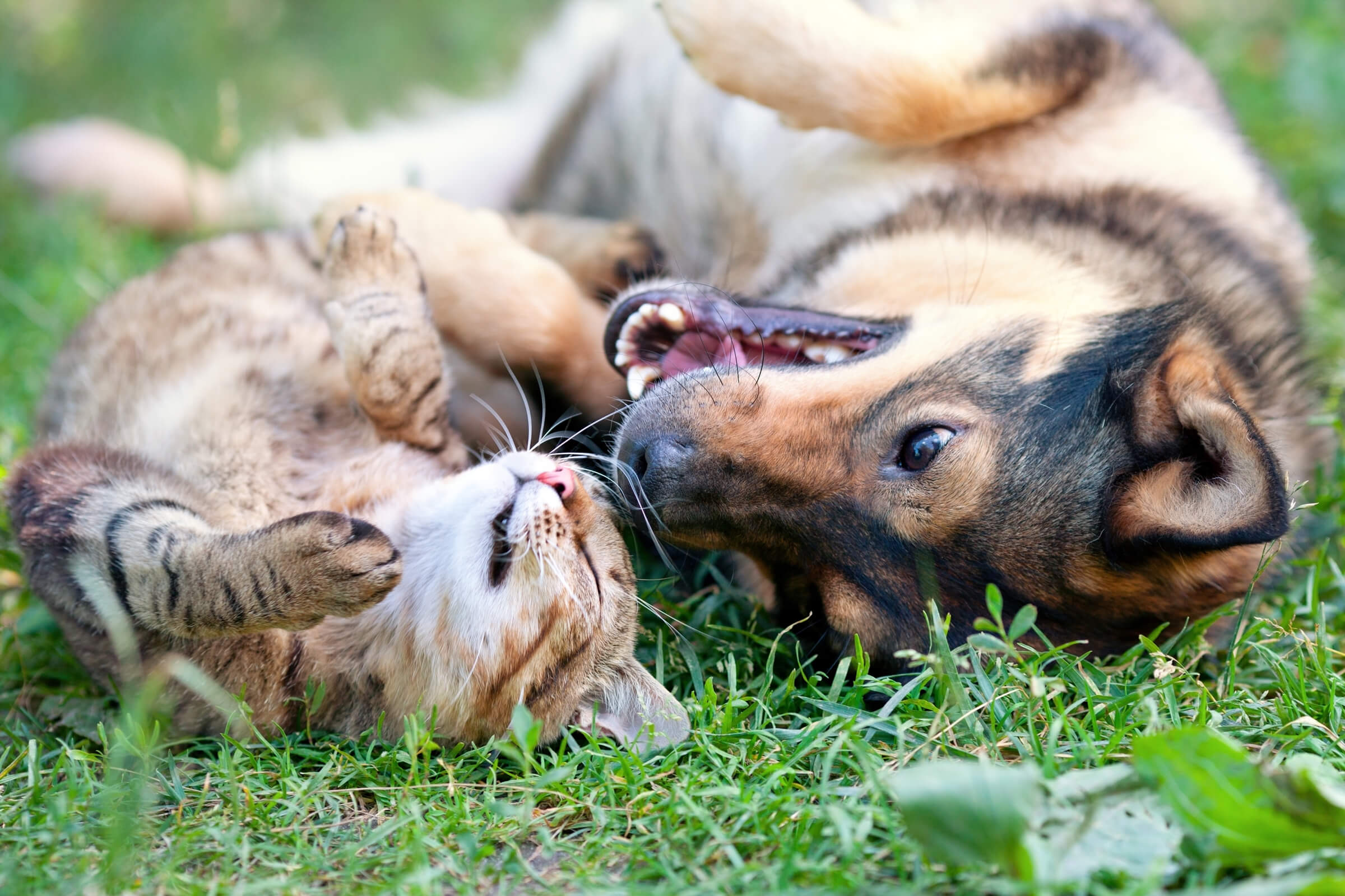
What is Osteochondritis dissecans (OCD) of the medial part of the humeral condyle?
The bottom part of the humerus (the bone in the upper arm) is called the humeral condyle and this is the part of the bone that articulates with the radius and ulna to form the elbow joint. The inside (medial) part of the condyle can develop a thickened flap of cartilage which elevates and becomes an osteochondritis dissecans (OCD) flap.
In a young growing dog, the skeleton starts off with increased levels of cartilage. As the dog’s growth continues, the cartilage will eventually turn into bone, with the only cartilage being present on the ends of the bone to form the joints. If there is a failure of the bone to form, a process called osteochondrosis or OC, a thicker than normal layer of cartilage develops. The joint cartilage receives nutrients from joint fluid but when the layer is thicker than normal, the nutrients cannot reach the deepest cartilage cells, which causes them to die. The adhesion of the cartilage to the bone is lost and a flap of cartilage, an OCD flap, elevates.
The exact cause of this condition is not fully understood but could relate to genetics, nutritional imbalance, trauma etc. This condition can develop in very young dogs with signs occurring in puppies as young as 4 months.
Treatment options
It is important to understand that this condition can never be cured but we aim to provide management options to control the clinical signs. Given the losses of cartilage within the medial part of the joint, medial compartment disease can develop over time.
Non-surgical / Conservative care
This may be the first line of treatment prescribed in some cases. This management plan includes body weight control, exercise control and standardisation, physical therapy, anti-inflammatory pain killers and dietary supplements. This may control the lameness but if the improvement is not long lived then alternative treatment may need to be sought.
Surgical
Arthroscopy (key-hole surgery)
This treatment involves placing a narrow gauge camera into the joint through a small stab incision. The joint is first assessed and the pathology identified and then any abnormal tissue can be removed or debrided (scraped away). Once the OCD flap is removed, the exposed bone bed is debrided to encourage fibrocartilage to develop. This is a well-tolerated procedure with many dogs able to walk soon after the procedure even if both legs are managed during the same procedure.
Cartilage replacement
Articular cartilage can be harvested from another joint and used to replace the cartilage defect. This treatment showed some early promise but has not been studied widely enough to be commonly recommended. Synthetic cartilage has also been used in small numbers of cases but again the outcome has not been proven so this is not a widely implemented procedure.
Stay in touch
Follow us on social media and keep up to date with all the latest news from the MVS clinic.
